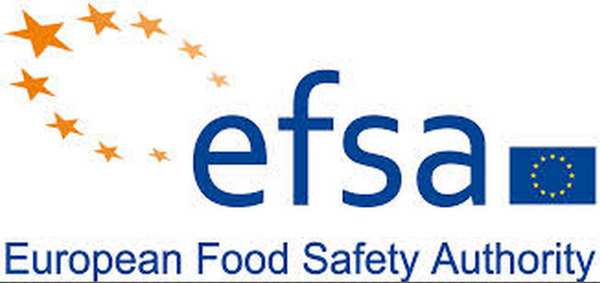EFSA Shares New Food Crisis Communication Guidelines

Today, the European Food Safety Authority (EFSA) has published and shared guidelines on how to communicate during a food crisis. These recommendations are meant to serve as a reference for the national food safety authorities of EU Member States.
The manual--entitled Best practice for crisis communicators: How to communicate during food or feed safety incidents--were created in partnership with the EU Member states and are based on best practices gained from previous food-related crises. Now, EFSA hopes that these combined recommendations will help to ensure consistency and coherence when communicating in a crisis.
The document also clearly outlines the roles and responsibilities of both EFSA and Member State organizations during the various phases of a crisis event.
The key principles in the guidelines are centered around specific steps for effective communication methods:
- Taking control of communicating about a situation.
- Communicating quickly to protect human health.
- Identifying target audiences and the tools to reach them.
- Communicating clearly and transparently.
- Collaborating with partners because food-related crises do not stop at international borders.
Another portion of the document provides guidance on how to prepare for a possible crisis, given that preparedness is a crucial step that only help the crisis communication’s success. Finally, the industry can find helpful templates, checklists, a media inquiry log and a social media comments log.
Last November, EFSA conducted a simulation exercise to see how the guidelines would work in a real food crisis situation. With help from EU Member States, the European Commission and the World Health Organization, feedback from all parties was incorporated into the final version of the guidelines.
Looking for a reprint of this article?
From high-res PDFs to custom plaques, order your copy today!





